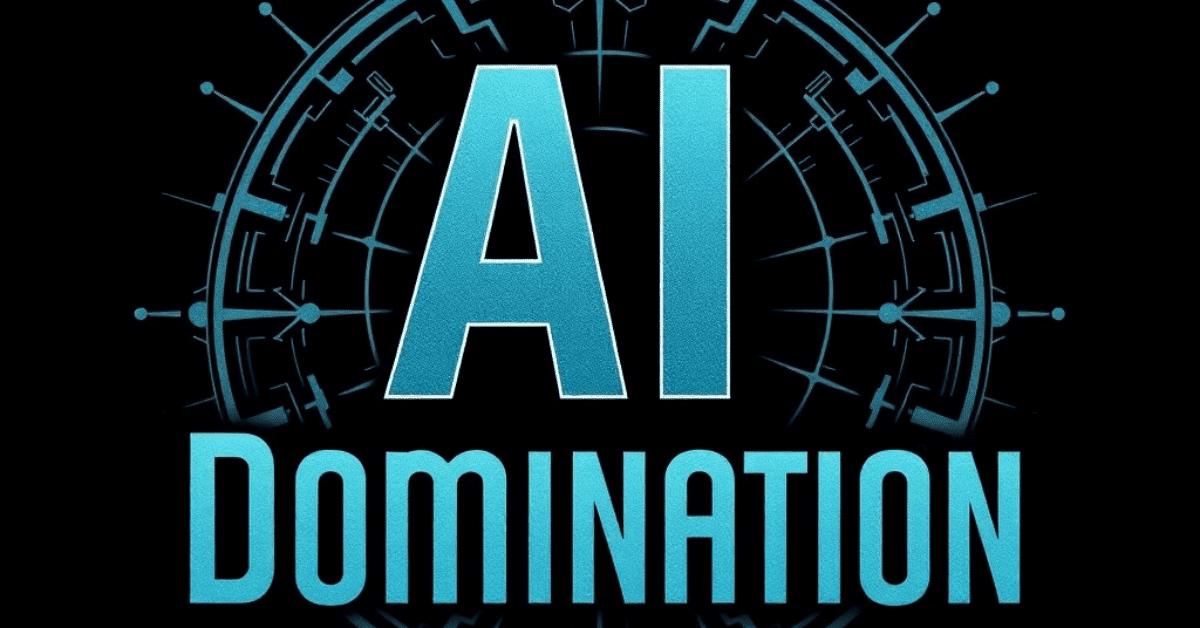Table of Contents
Most industries today are transforming as AI-driven robotics emerge as vital tools in manufacturing, revolutionizing your production processes. These advanced systems improve operational efficiency, reduce labor costs, and minimize errors, leading to higher quality outputs. By integrating
Key Takeaways:
- AI-driven robotics streamline production processes by automating repetitive tasks, reducing error rates and freeing up human workers for more complex roles.
- Integration of
AI in robotics allows for real-time data analysis and adaptive learning, enabling machines to optimize operations and improve overall manufacturing efficiency. - Implementing
AI robotics can lead to significant cost savings and increased productivity, helping manufacturers stay competitive in a rapidly evolving market.
The Evolution of AI in Robotics
Artificial Intelligence (AI) in robotics has transformed from simple automation to complex intelligent systems, significantly enhancing user capabilities in manufacturing environments. As the industry evolves, these advancements empower you to optimize operations and improve productivity, thereby reshaping the manufacturing landscape.
Historical Perspective
Against the backdrop of early mechanization, robotics began its journey with simple machines designed for repetitive tasks. The introduction of programmable logic controllers (PLCs) in the late 20th century marked a significant shift, enabling more precise control and greater flexibility in manufacturing processes.
Technological Advances
Below the surface of robotic evolution lie remarkable innovations that have redefined manufacturing efficiency. From deep learning algorithms to machine vision systems, these technologies allow robots to perform increasingly complex tasks. Automation now extends into areas such as predictive maintenance, allowing you to foresee potential equipment failures before they disrupt production.
This combination of advanced machine learning techniques and sophisticated sensor technology enhances your operational capabilities, enabling a more adaptive and responsive manufacturing environment. Robotics can now learn from their surroundings and improve processes in real-time, leading to fewer errors and reduced downtime. Moreover, with the implementation of collaborative robots or cobots, you can seamlessly integrate automation into existing workflows, fostering a safer and more efficient workplace.
Applications of AI -Driven Robotics in Manufacturing
Even as the manufacturing landscape evolves, Revolutionizing Automotive Manufacturing with AI and Robotics presents transformative applications that enhance productivity and reduce operational costs. From assembly line automation to effective quality control,
Assembly Line Automation
One of the most impactful applications of
Quality Control and Inspection
Quality assurance is paramount in manufacturing. You will find that
Automation in quality control not only detects defects but also enables real-time adjustments to processes, ensuring consistency and accuracy in production. By leveraging
Benefits of Implementing AI -Driven Robotics
Keep in mind that integrating
Increased Productivity and Efficiency
Before you explore into the world of
Cost Reduction and Resource Optimization
Between high operational costs and resource wastage in manufacturing, there lies an opportunity to improve your bottom line. By incorporating
AIDriven robotics can analyze data in real-time, allowing you to identify inefficiencies and make smarter decisions. With
Challenges in Integrating AI Robotics into Manufacturing
Many organizations face significant challenges when it comes to integrating
Technical and Infrastructure Hurdles
About integrating
Workforce Transition and Skills Gap
Behind the technological advancements, you must also consider the workforce transition and the skills gap that arises. As
Understanding the workforce transition involves acknowledging that this shift can create anxiety and resistance among your employees. As
Case Studies of Successful Implementation
After examining various industries, several successful implementations of
- Company A: Increased production speed by 40% through robotic assembly lines.
- Company B: Reduced human error rates by 30% with
AI -guided quality control systems. - Company C: Decreased operational costs by 25% via automated inventory management.
- Company D: Boosted workforce productivity by 50% using collaborative robots.
Leading Industry Examples
Studies show that leading companies such as Company A and Company B have successfully integrated AI-driven robotics, demonstrating substantial improvements in both production capabilities and quality control processes. These cases exemplify the ongoing transformation in the manufacturing sector.
Measurable Outcomes
Beside improved operational efficiency,
Understanding the importance of implementing
Future Trends in AI and Robotics
Your journey into the future of
Innovations on the Horizon
Below, you will uncover several groundbreaking innovations on the horizon. These include the development of more intuitive
Predictions for the Manufacturing Sector
Among the most significant predictions for the manufacturing sector is the rise of fully autonomous production lines. Industry experts forecast that by 2030, up to 30% of factory jobs may be automated, leading to enhanced output and reduced labor costs.
In addition, as you navigate through these predictions, it’s vital to consider the balance between automation and the human workforce. Though job displacement may pose challenges, the emergence of new roles focusing on machine oversight and maintenance will create opportunities. Moreover, the integration of AI and IoT technologies promises to deliver improved quality control, minimizing production errors and waste, ultimately fostering a more sustainable manufacturing environment.
To wrap up
From above, it is clear that
FAQ
Q: How does AI enhance the efficiency of robotics in manufacturing?
A:
Q: What are the main benefits of implementing AI -driven robotics in a manufacturing setting?
A: Implementing
Q: What types of tasks can AI -driven robotics automate in manufacturing?
A:

